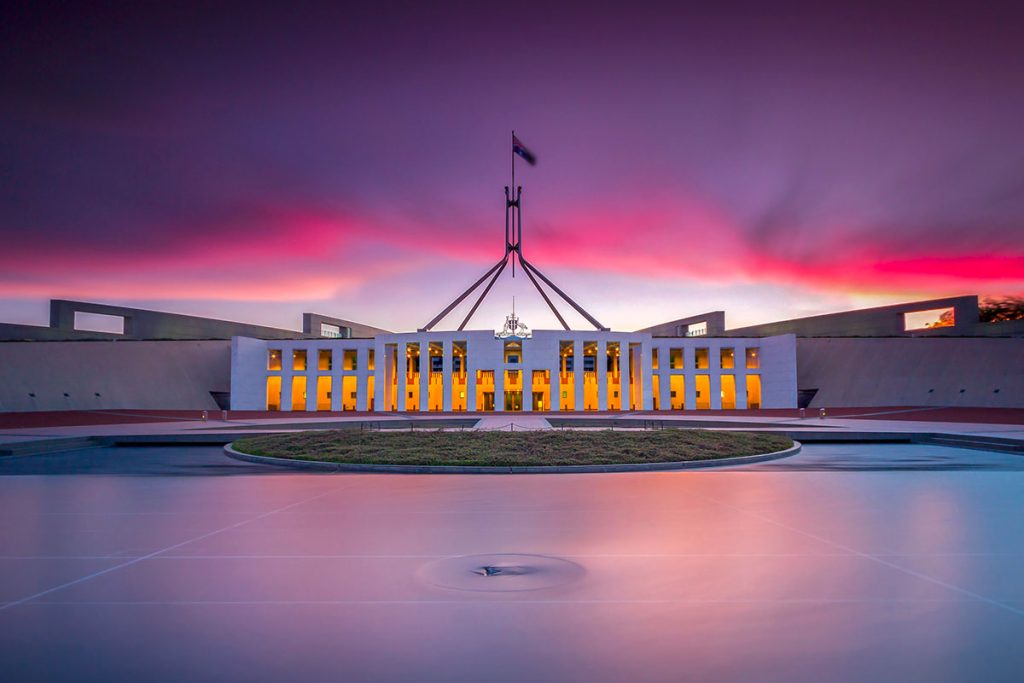The 2024-2025 Federal Budget will be handed down on Tuesday 14 May 2024. A good understanding of monetary and fiscal policy can be useful when it comes to processing the initiatives and measures delivered in any Federal Budget. Our adviser, Thomas Sweeny, has written this handy refresher.
—
The Reserve Bank of Australia (RBA) is responsible for monetary policy, which is principally about setting interest rates. The RBA has an ‘inflation target’ and seeks to keep consumer price inflation in the economy to 2–3 per cent, on average, over the medium term. Over the past 12 months, the RBA cash rate has risen rapidly from 0.35% to 4.35% as the RBA seeks to moderate inflation levels that are currently sitting around 3.6% (at time of writing).
Fiscal policy refers to the way the government collects revenue (via taxes) and spends the funds (on government services, infrastructure and government payments).
The Federal Budget is an annual review of fiscal policy. Each year the government announces new initiatives, tracks progress to plan (much like we do at HPH) and course corrects their direction towards long-term objectives.
A budget surplus arises when government income from taxes is greater than spending. A budget deficit occurs when government spending exceeds revenue.
Traditional economic policy denotes running a deficit as being expansionary or injecting money into the economy to support or boost economic growth. Examples of this were the JobKeeper payments during COVID and the ‘Kevin07’ $900 handouts that were conceived as a measure to save Australia from a recession. A surplus, on the other hand, takes funds out of the economy by taxing more than is being returned to the economy via government initiatives and welfare payments.
It’s important to note that it is difficult to swing from surplus to deficit year-on-year as many government spending initiatives are longer-term focused rather than one-off costs. Similarly, it wouldn’t be wise to have a taxation policy that changes each year depending on the state of the economy.
It’s also important to understand that every annual budget gets handed down during a different part of the three-year election cycle, and where you are in that election cycle can have an impact on the types of measures that are announced. Typically:
- Year 1 – This is the first budget a government delivers post-election and is where they will usually take the opportunity to deliver on promises they have made during the election. They may also take this opportunity to cut initiatives put in place by the previous government.
- Year 2 – This is typically what is known as the ‘fiscally responsible budget’. As this budget is delivered in the middle of the election cycle, the government can do any ‘hard’ things that need to be done for the betterment of the country and economy, without fearing it will affect their ability to be re-elected.
- Year 3 – With an election on the horizon, this third budget typically announces things like tax cuts, bonus offsets and new initiatives that will benefit marginal seats. The announcement of new taxes (for example, the franking credits proposal by Labor in 2019) is seldom a great idea at this point.
What can we expect from the 2024-2025 Budget? This article shares the key proposed iniatives.
